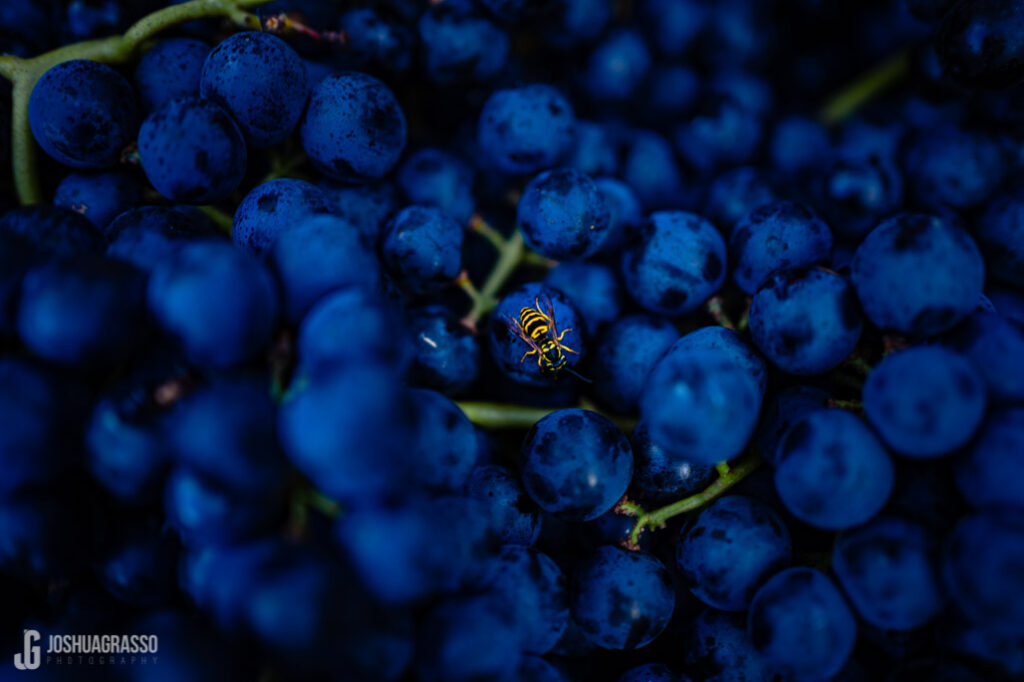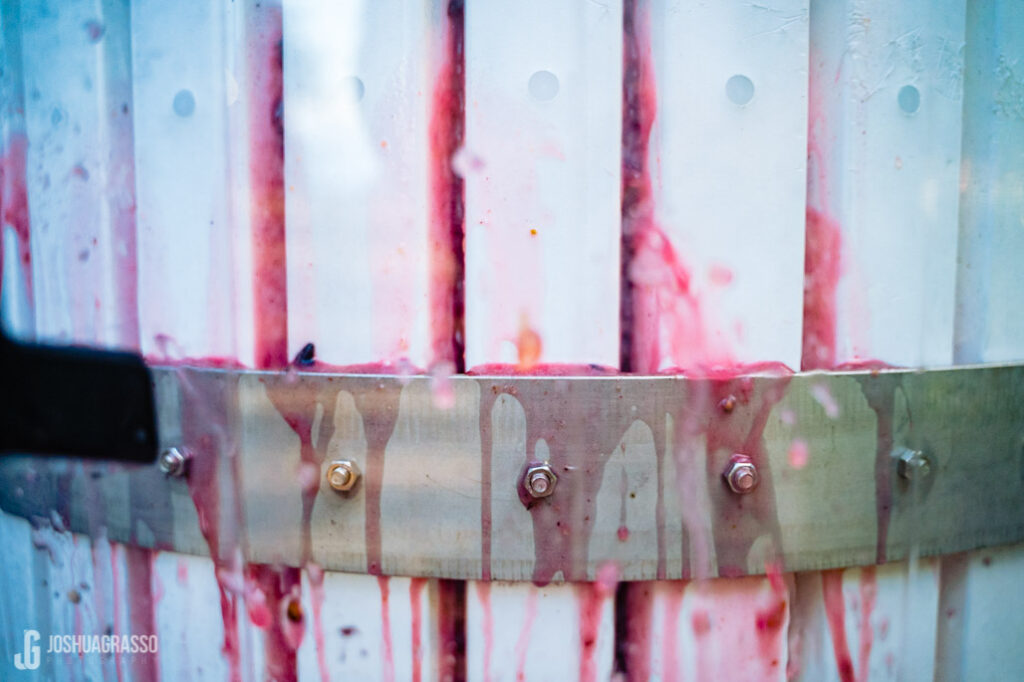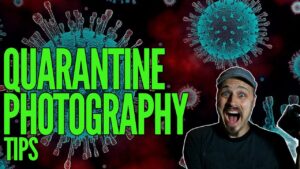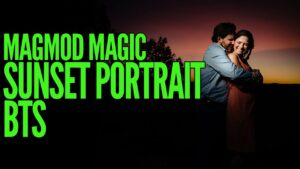Welcome to a whole new world. As always, The Shutter School is always happy to share wedding photography tips among everything else, but in this session lesson we’re switching it up. Dive into the photojournalistic sphere with Joshua while he shows you his process in documenting a winemaker.
If you’ve never experimented with documentary-style photojournalism before, that’s about to change. Photojournalistic-style photography can be an extremely useful way to sharpen your overall photography skills. This style allows you to shoot a favorite hobby, a friend doing their work, a particular hands-on activity, anything from an interesting task to an ordinary one.
A Bit of a Review
Let’s talk angles. The key part of documentary-style and photojournalistic-style is the photographer’s ability to tell the story of what’s happening through visual coverage. There are three main angles we’ve discussed before that make all the difference in any kind of photography.
Wide-angle: Shooting an entire scene from far away gives the photographer a wide-angle shot. This allows the viewers to get a better idea of the setting as a whole and collect all the information they need to visualize the story. This technique would probably be considered as the one that gives photographers the most coverage.
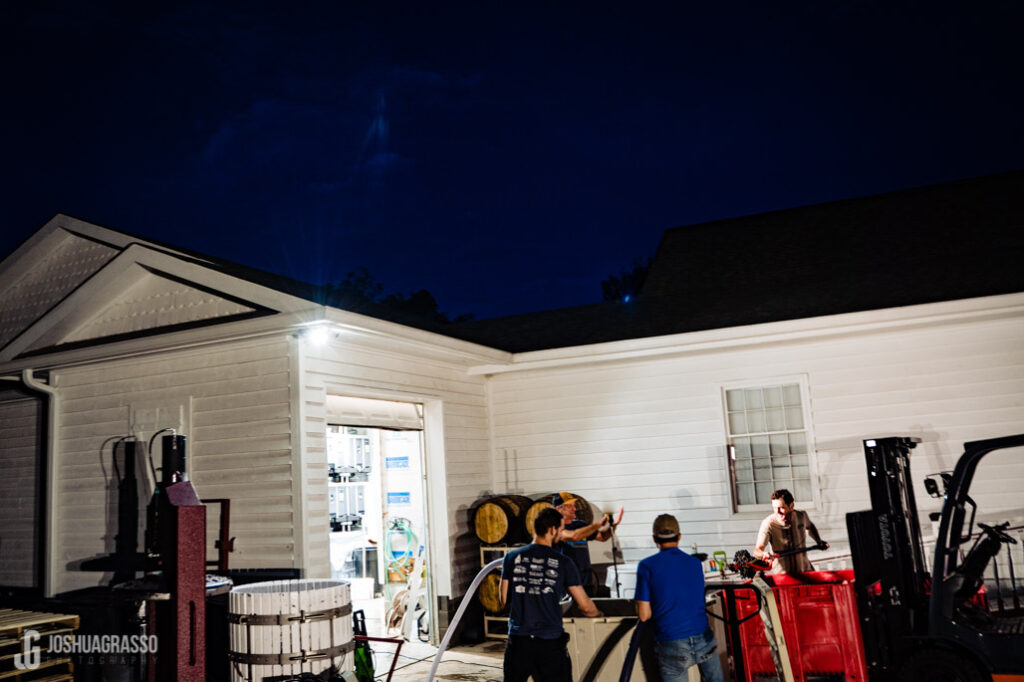
Medium angle: Medium angle shots have a way of pulling people in. Medium shots can be characterized by a view of both the subject(s) and the background. When trying to give the viewer a good balance of action and background, using a medium angle is probably going to be your best option.
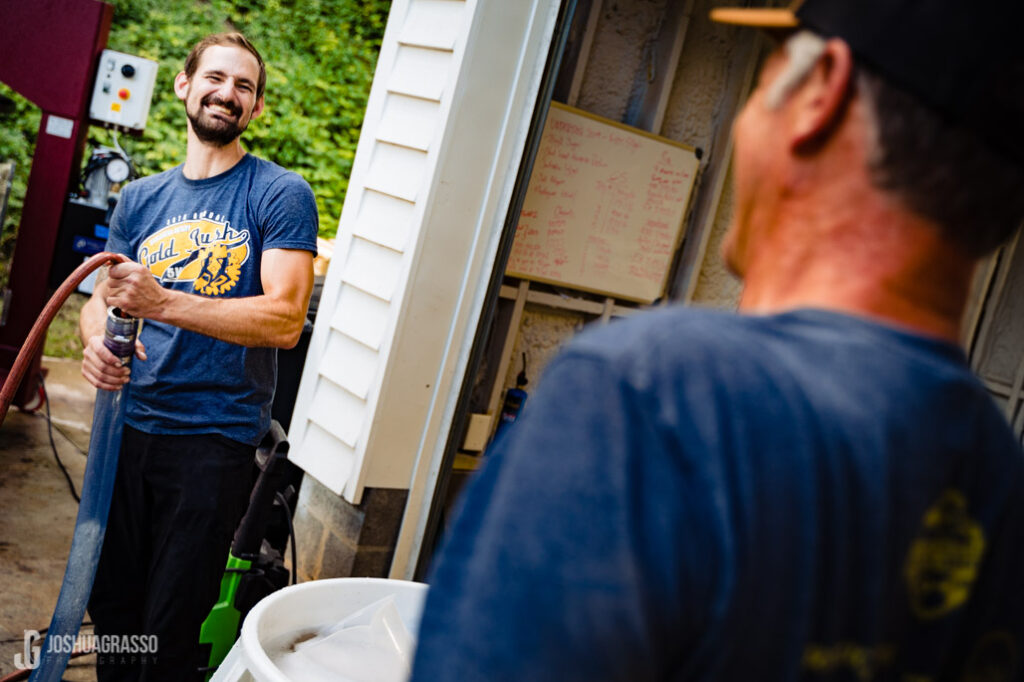
Tight angle: Utilizing a tight shot means solely focusing on the main action happening at the scene. This makes the viewer feel close to the setting and solidifies the focus on one thing.
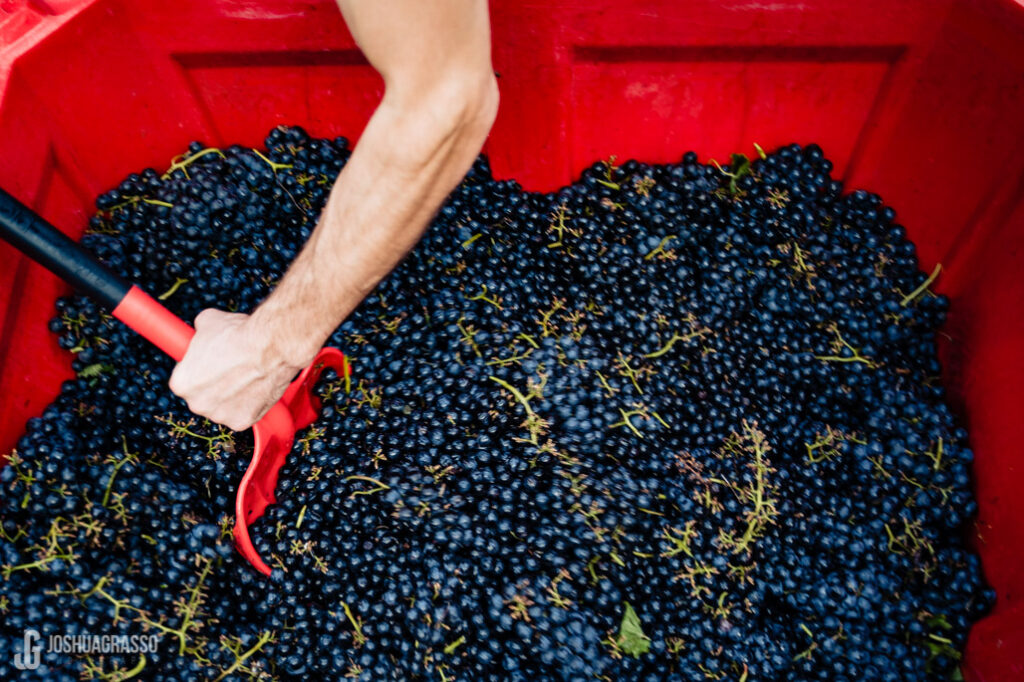
While we’ve already discussed these three angles on the blog, there’s another one to add when talking about photojournalistic style. Known as a “detailed shot,” this approach focuses on the fine details. A detailed shot is one that is aesthetically pleasing and simple, yet still succeeds in telling the story behind the task at hand.
But Wait There’s More
Another main lesson that is important to remember in terms of photojournalistic style photography is the combination of elements. Find visual elements that connect to one another, and try and combine them into one shot.
For example, in this winemaking scenario, Joshua not only photographed the people working but the actual tools they were working with as well as the surrounding setting. The picture below is a prime example of how you can combine multiple elements while still keeping the frame interesting.
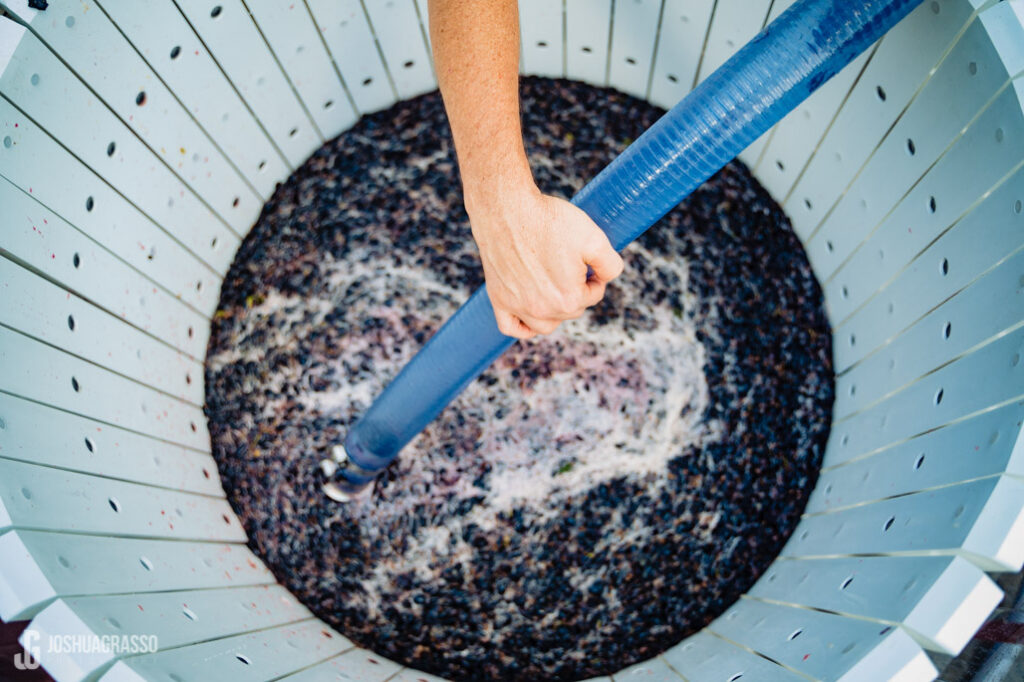
What’s even more to consider is learning to look for expressions in a scene. When emotion is included in a shot, it creates more visual interest and makes a connection with the viewer. In addition to seeking out the emotion, it would also be worthwhile for you to try and capture the action. Both of these elements are key to deriving an interesting composition from your session.
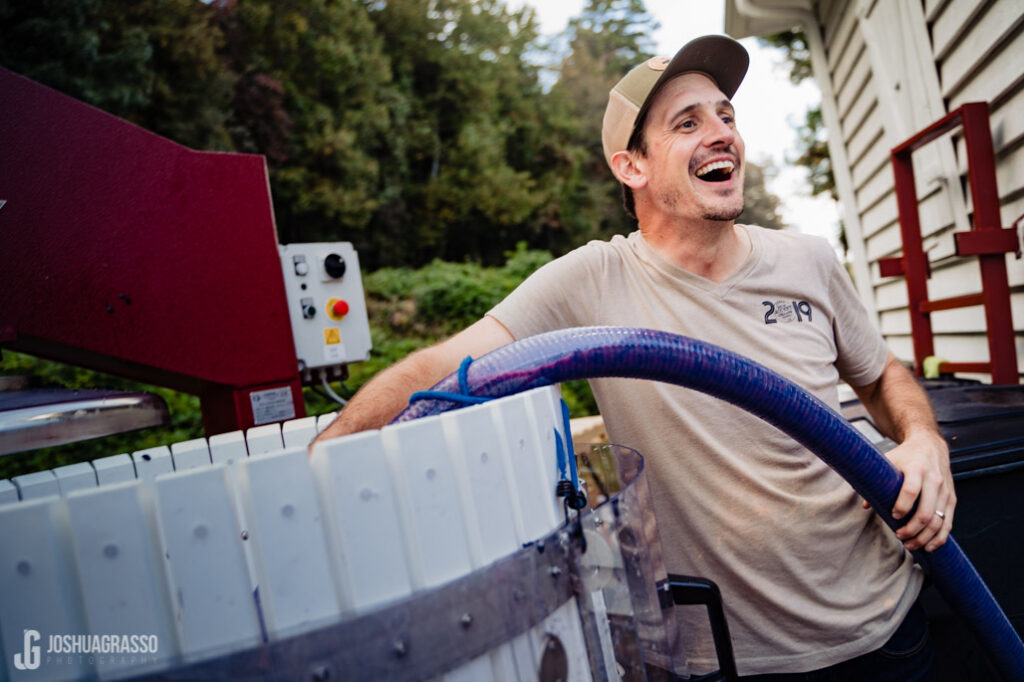
You might even end up shooting some action portraits. Action portraits are byproducts of photojournalism and working with people. What that means is you may not have been intentionally shooting a portrait of that person, but if they look at the camera and it works then just run with it! It may not be fully considered a photojournalistic approach because they’re posed but it could still be a valuable part of the story.
Find the Photojournalist Within Yourself
So, go on! Channel your inner photojournalist and find more opportunities to shoot. The tips from this session lesson should give you a good base to start trying out this style. Just remember: find the best angles, combine important elements, capture the action, and look for emotion. For more content like this, visit the blog and subscribe to the YouTube Channel!

